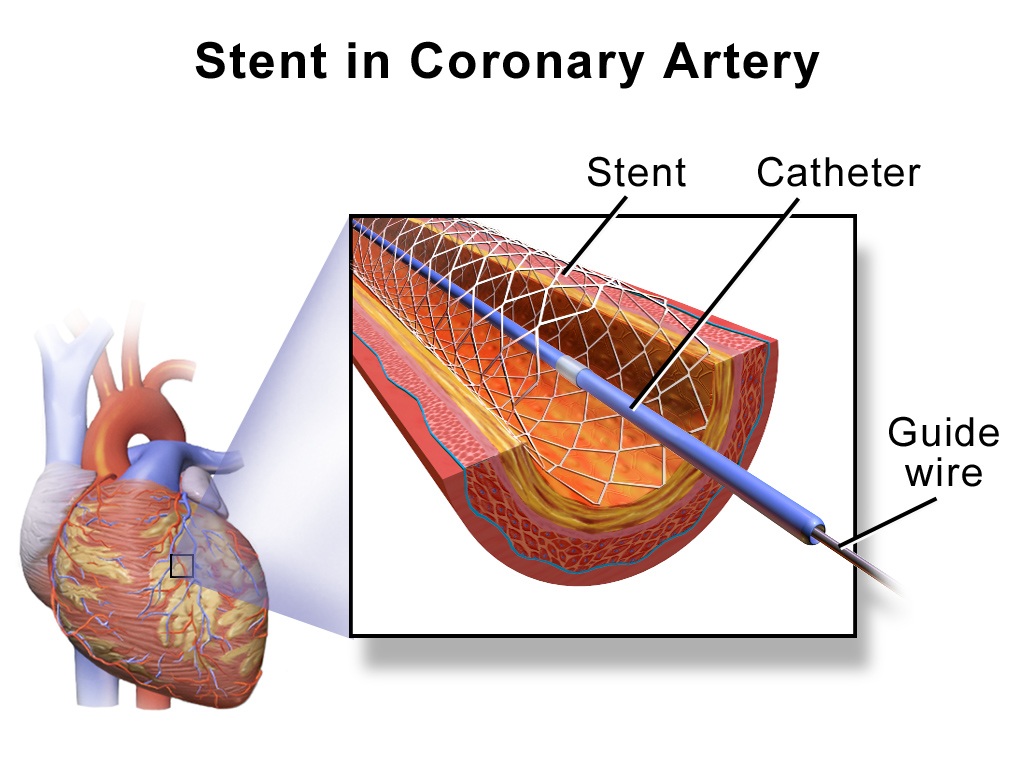
Athletes take ice baths for recovery all the time. Here’s why you should also consider including some cold water immersion therapy into your post-workout routine
From Kolkata to Mumbai and New Delhi to Bengaluru, the temperatures that India is witnessing these days would have everyone dreaming of an ice bath! But even leaving aside heat, when it comes to fitness and recovery, ice baths are often a standard session in any elite athlete’s weekly training plan. If you are active in any sort of way at all you have a good excuse to jump into one and kill two birds with one stone: Relief from this unrelenting heat and hasten your recovery. If you are willing to dip yourself in a tub filled with cold water measuring under 14 degrees Celsius, you will be happier person, for multiple reasons.
The recreational runner will be smiling because a post-race ice bath can help in reducing soreness quickly and speeds up the recovery process, says Gagan Arora, celebrity coach and founder of Kosmic Fitness in Delhi. Dr. (Prof.) Amite Pankaj Aggarwal, director and head of the department of orthopaedics and joint replacement, Fortis Hospital Shalimar Bagh in New Delhi, says an ice bath, also known as cold water immersion therapy, leads to several potential benefits. “The primary benefits include reducing inflammation, decreasing muscle soreness, and aiding in recovery after intense physical activity,” says Aggarwal.
A study published in the British Journal Of Sports Medicine in 2010 explored the impact of cold water immersion on exercise performance in hot weather, much like the conditions we experience in most of India for several months of the year. The study, titled Effect Of A 5-Min Cold-Water Immersion Recovery On Exercise Performance In The Heat, concluded that five minutes of cold-water immersion recovery helps maintained performance during subsequent high-intensity exercise, and that use of ice baths in recovery improves overall exercise performance.
Another study published in the same journal that year noted that ice baths induce significant physiological and biochemical changes in the body. Cold water immersion was associated with an increase in heart rate, blood pressure, respiratory minute volume and metabolism, the researchers found.
Use of ice baths is the most common form of recovery technique that athletes use to recover from any delayed onset muscle soreness (DOMS), or aches and pains, says Ashutosh Nimse, consultant for sports medicine at the Center for Sports Science and Rehabilitation, Kokilaben Dhirubhai Ambani Hospital, Mumbai.
Aggrawal explains that when the human body is exposed to cold temperatures, blood vessels constrict, which can help reduce swelling and inflammation in muscles and joints. “Additionally, the cold temperature can numb nerve endings, providing temporary pain relief. While athletes and active individuals may experience these benefits more frequently due to their higher physical demands, ice baths can be beneficial for anyone experiencing muscle soreness or inflammation, such as those with chronic conditions or individuals recovering from injuries,” he says.
While ice baths are primarily used for recovery, they can provide temporary relief from the discomfort of heat waves. “Immersing oneself in cold water can help lower the body temperature and provide a refreshing sensation, especially during the current hot weather. However, it’s essential to remember that ice baths are not a long-term solution for heatwaves. They offer temporary relief and should be used in conjunction with other heat-reducing strategies such as staying hydrated, seeking shade, and using fans or air conditioning,” says Aggarwal.
Despite their potential benefits, ice baths do come with some downsides. A 2021 meta-analysis of studies found that regular ice baths have a deleterious effect on resistance training adaptations. People not used to cold water immersion can suffer shock and/or hyperventilation. In extreme cases, sudden immersion in icy water can also cause a heart attack. “It’s crucial to gradually acclimatise the body to cold water immersion, especially for individuals with underlying health conditions or those who are not accustomed to cold exposure,” suggests Aggarwal.
Prolonged exposure to cold temperatures can increase the risk of hypothermia, especially if the water temperature is extremely low or if the individual stays in the water for an extended period. “To minimise risks, individuals should limit ice bath sessions to around 10-15 minutes and ensure that the water temperature is not too cold, typically around 10-15 degrees Celsius. It’s also essential to listen to your body and stop the ice bath if you experience excessive shivering, numbness, or discomfort,” says Aggarwal.
Shrenik Avlani is a writer and editor and the co-author of The Shivfit Way, a book on functional fitness.
Source | Powered by Yes Mom Hosting






